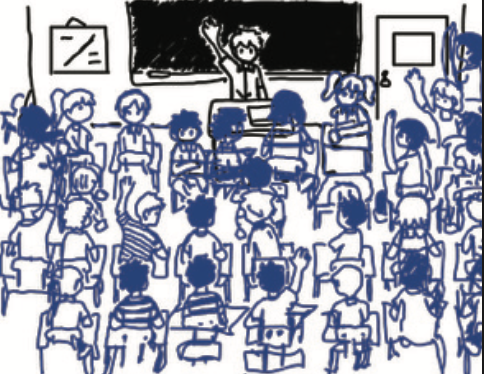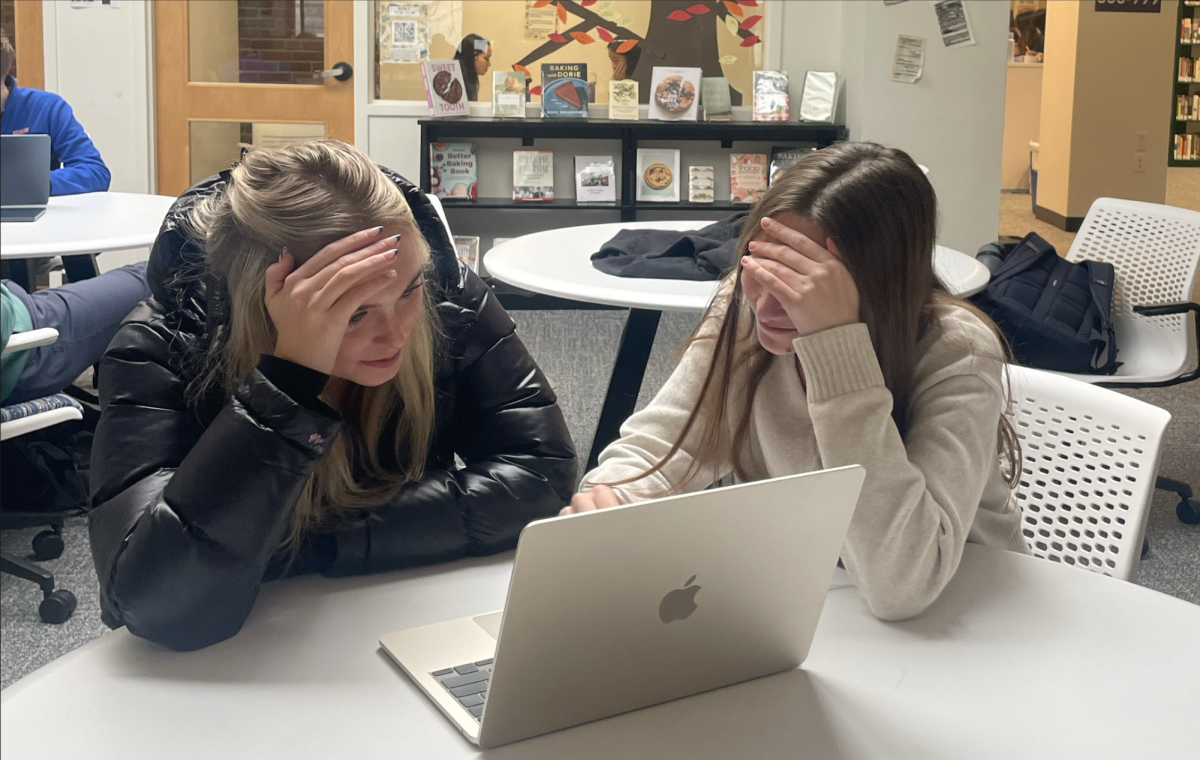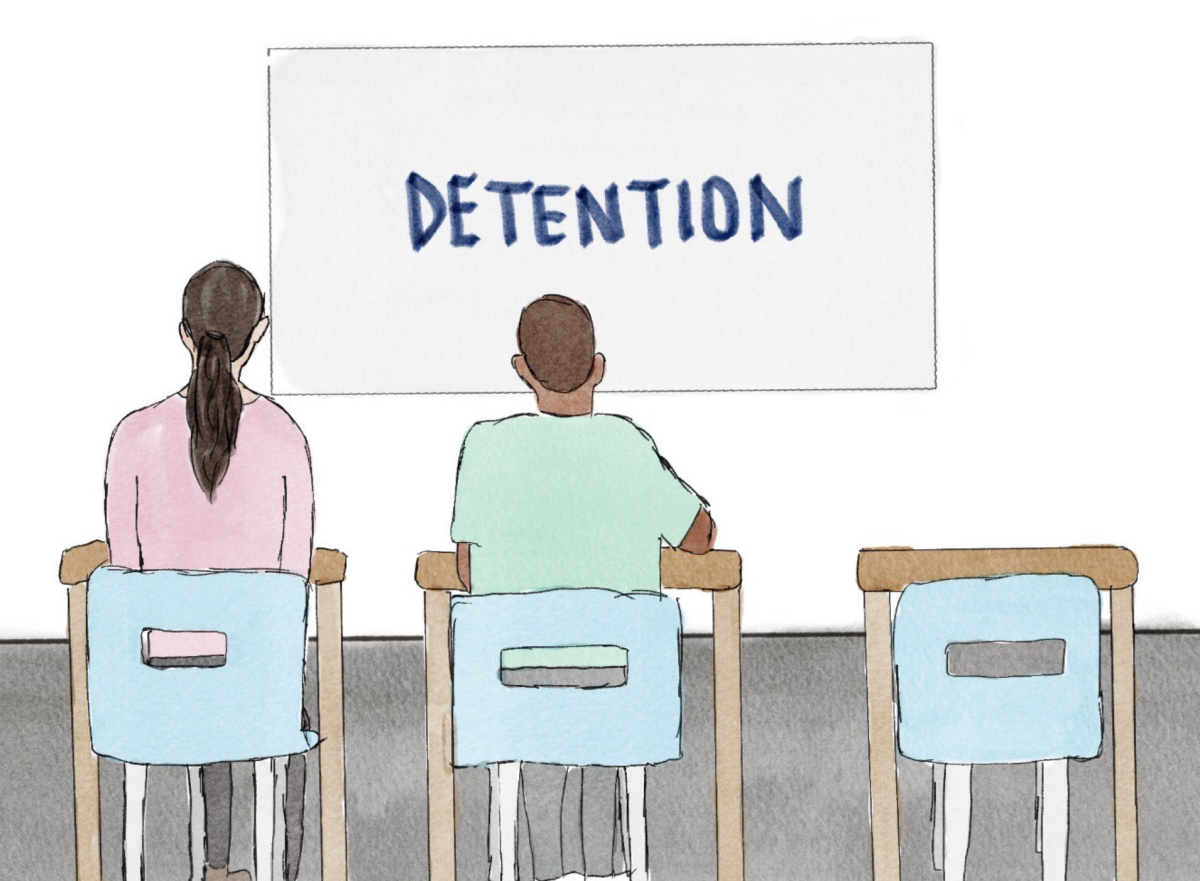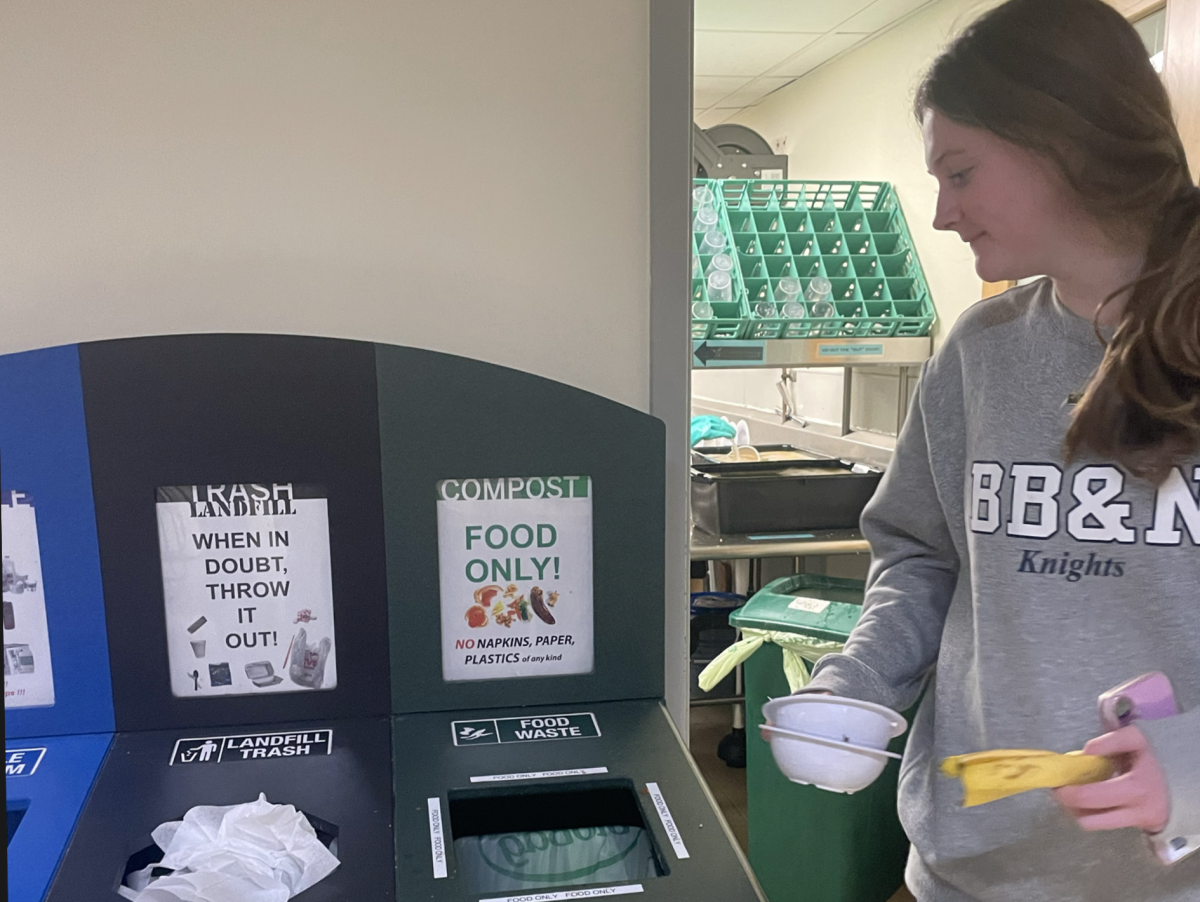“The largest class size is typically 16” (BB&N Tour Guide Handbook (US) 2024-2025).
Class size plays an important role in the success of students, teachers, and our learning atmospheres as a whole. A point of pride for BB&N, the influence of a small class extends beyond academic excellence to improved student engagement and development. The typical class size of 12 or even 13 students are a testament to the credibility of this approach. This year, however, you unfortunately might find more classes in the 17 to 18 range.
Smaller classes allow students the opportunity to be and stay engaged. With fewer peers crowding a classroom, students can easily participate, and the ability to hide behind a large group of classmates vanishes. Increased engagement leads to more confident individuals who feel at ease when expressing ideas and developing their intellect. It also gives way to more profound learning, as the confidence students develop in these classrooms often fosters a conversational environment that promotes for a deeper understanding of content. Small class sizes often see more progress in information retention and academic performance as students are forced to stay present in class. This intrinsically makes collaboration simpler and terminates the need for an entirely lecture-based class. With fewer students, teachers can manage group work and projects, which is more difficult with a larger class size as time is stretched thinly. Teachers can also experiment with different teaching methods and approaches in hopes of appealing to the needs and interests of their students.
A larger class makes the creation of this learning environment challenging, both literally and figuratively. BB&N teachers frequently teach in classrooms with a singular round table or a circular desk formation, which, by nature, encourages a conversational environment. With a class of 18, teachers often need to arrange desks in columns directly behind one another due to spatial limitations, which can eliminate that meaningful flow of dialogue. Student engagement inevitably decreases because of these kinds of classroom formations. A focused, collaborative environment is less achievable because of the time it takes to organize and settle a large class into a group.
Small classrooms allow teachers to better understand each student’s learning style. With fewer students to divert attention to, teachers can hone in on understanding complex classroom dynamics and individual learning needs. From there, they can assess and update their curriculum and tailor class time to accomplish specific goals. Teachers and students are also able to establish trust, which helps students feel supported and encourages them to seek help when they need it. This support is extremely valuable, as teachers can ensure students stay motivated throughout the learning process if a student doesn’t yet feel confident taking initiative.

Though this is possible in larger classes, it’s much more difficult. It’s harder to assess a group’s strengths and weaknesses, especially if engagement decreases because students don’t feel challenged or are struggling with content and are no longer easily identifiable. The relationships teachers are able to develop with students tend to feel impersonal in a crowded classroom. Students feel a lesser sense of belonging and connection with their peers and teachers, and a collaborative and active learning environment begins to feel less attainable.
A difference of six or seven classmates might not seem to influence a class’s success, but it does. With each additional student, the personalization of a class’ content and the potential for positive student-teacher relationships diminshes. To preserve the education BB&N students are used to, it’s crucial to retain the smaller class sizes that promote deeper learning. Maintaining this important element of the BB&N experience will continue generating positive academic experiences and successes in ways largerclassrooms simply cannot provide.






